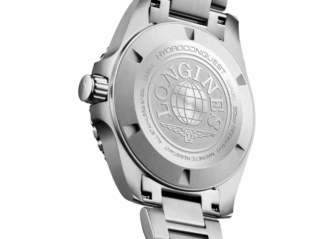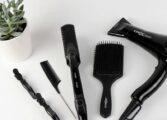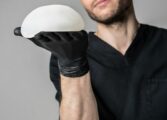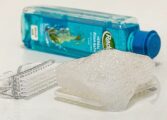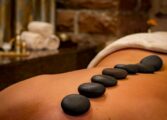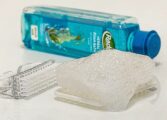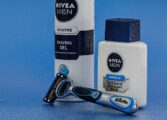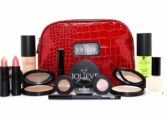Microneedling serum: A Comprehensive Guide for Food Enthusiasts

Introduction:
Microneedling serum has gained popularity in recent years due to its numerous benefits for the skin. This article aims to provide a thorough overview of microneedling serum, including its types, popularity, quantitative measurements, differences between products, as well as a historical review of its pros and cons. Whether you are a skincare enthusiast or simply curious about this trending product, this guide will provide you with all the necessary information.
I. Microneedling Serum Overview:
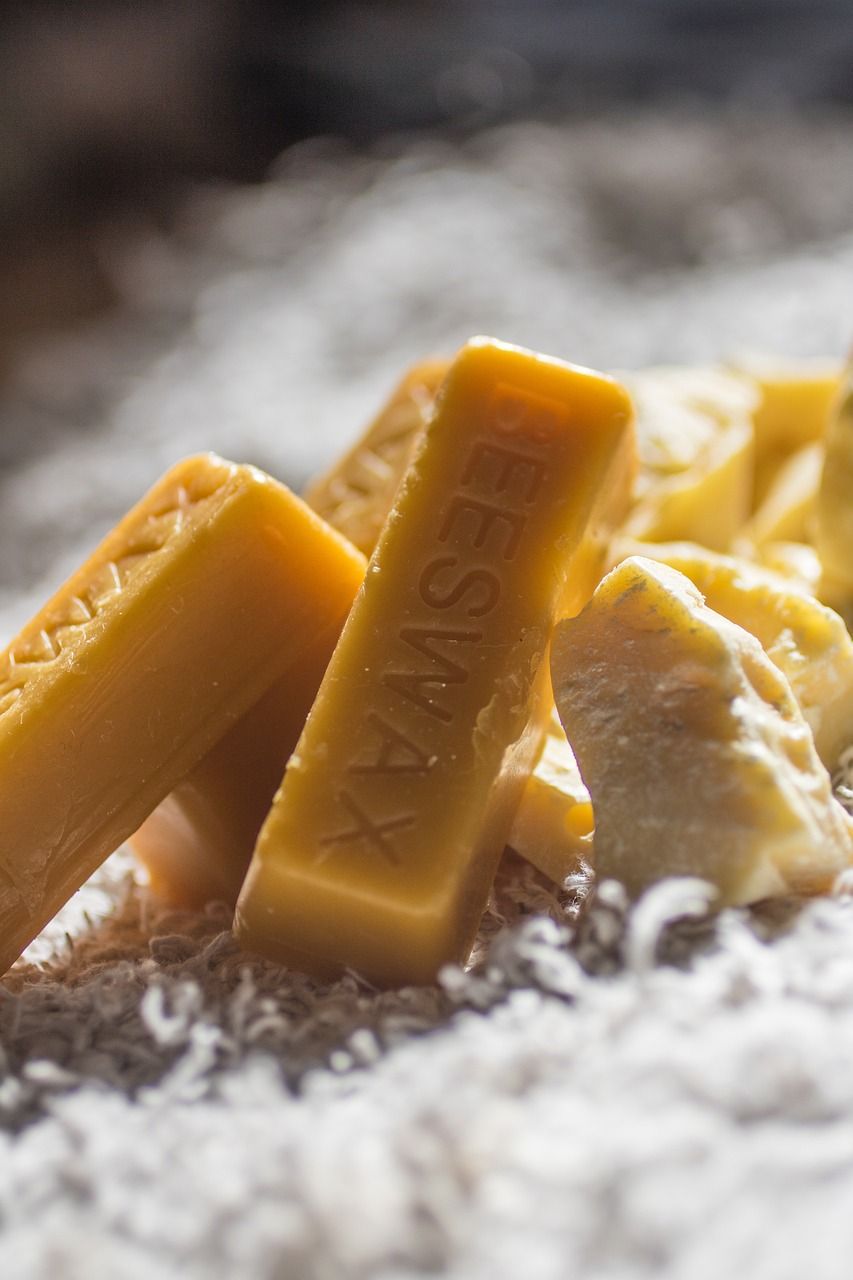
Microneedling serum is a skincare product that is used in conjunction with microneedling techniques. Microneedling involves creating tiny punctures on the skin’s surface using a derma roller or pen, allowing the serum to penetrate deeply into the skin. This process stimulates collagen production, improves skincare product absorption, and enhances overall skin texture.
II. Types of Microneedling Serums:
There are various types of microneedling serums available in the market, each catering to different skincare concerns. Some popular types include:
1. Hyaluronic Acid Serum: Known for its hydrating properties, hyaluronic acid serums are excellent for moisturizing dry and dehydrated skin. It helps plump up the skin, reducing the appearance of fine lines and wrinkles.
2. Vitamin C Serum: Packed with antioxidants, vitamin C serums are highly effective in brightening the skin, reducing hyperpigmentation, and protecting against free radicals. It also aids in collagen production, providing a more youthful complexion.
3. Retinol Serum: Retinol serums are ideal for targeting signs of aging, such as fine lines, wrinkles, and uneven skin tone. They promote cell turnover, revealing smoother and firmer skin.
III. Quantitative Measurements of Microneedling Serum:
When choosing a microneedling serum, it is crucial to consider certain quantitative measurements to ensure its efficacy. These measurements include:
1. Concentration: The concentration of active ingredients in the serum significantly impacts its effectiveness. It is advisable to opt for serums with higher concentrations for more noticeable results.
2. pH Level: The pH level of a serum affects its compatibility with the skin. A pH level between 5 and 6 is considered ideal, as it maintains the skin’s natural acidity.
3. Molecules Size: The size of the serum’s molecules determines their ability to penetrate deeply into the skin. Smaller molecules are more effective in delivering active ingredients to targeted areas.
IV. Differences Among Microneedling Serums:
While microneedling serums share similar benefits, they may differ in their ingredients and formulation. Some key factors that distinguish one microneedling serum from another are:
1. Additional Ingredients: Some serums may contain additional ingredients like peptides, antioxidants, or botanical extracts, targeting specific skincare concerns such as acne, inflammation, or sensitivity.
2. Texture and Consistency: Microneedling serums can vary in texture, ranging from lightweight and watery to thicker and gel-like. The choice of texture depends on personal preference and skin type.
3. Scent: Owing to the variety of ingredients used, microneedling serums can have different scents, which can range from fruity, floral, or unscented. Choose a scent that is pleasing to you, or opt for unscented variants if you have sensitive skin.
V. Historical Overview of Microneedling Serum’s Pros and Cons:
Microneedling serums have both advantages and disadvantages, which have evolved over time. Understanding the historical perspective can help make informed decisions when incorporating these serums into your skincare routine. Some historical aspects worth considering are:
1. Pros: Microneedling serums have shown significant improvements in skin texture, reduction of scars, enhanced collagen production, and increased skincare product absorption. They provide a non-invasive alternative to procedures like laser treatments or chemical peels.
2. Cons: In the early stages, some microneedling serums contained potentially harmful ingredients or lacked proper regulations. However, advancements in formulation have addressed these concerns, ensuring safer and more effective products.
Conclusion:
Microneedling serum offers numerous benefits for skincare enthusiasts, providing targeted solutions for various concerns. By understanding the different types, quantitative measurements, and historical developments of microneedling serums, you can make informed choices that suit your skin’s specific needs. Remember to consult with a dermatologist or skincare professional before incorporating any new product into your routine.
[INSERT VIDEO HERE – A short video demonstrating the microneedling serum application process and its benefits.]
Overall, microneedling serum proves to be a valuable addition to any skincare regimen, transforming your skin and enhancing its overall health and appearance. Stay informed, explore different options, and enjoy the benefits of this revolutionary skincare product.
